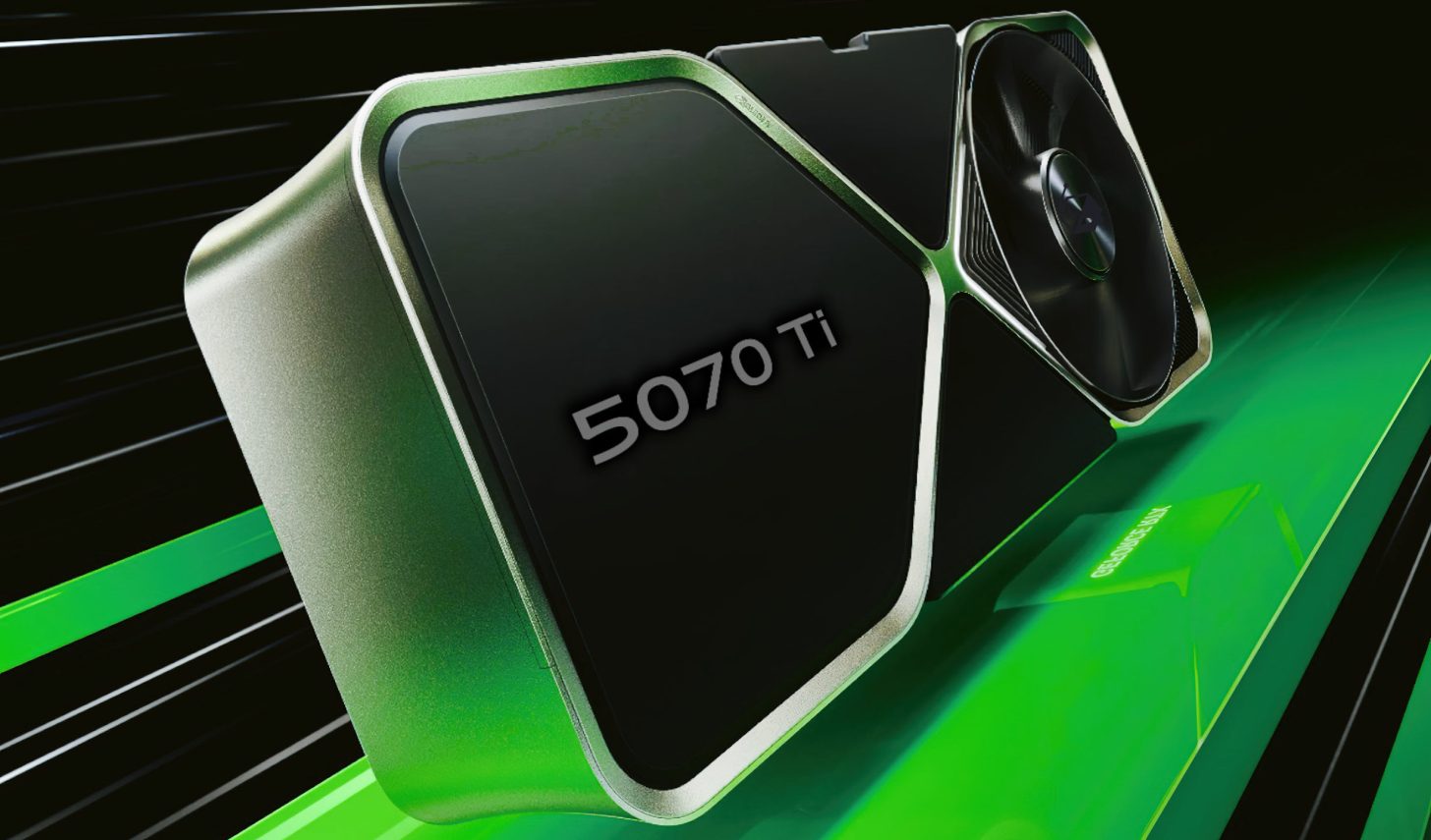GPU Shock: NVIDIA's RTX 5070 Ti Stumbles with Mysterious Performance Limitation

A curious discovery has emerged in the graphics card world: an RTX 5070 Ti variant with an unexpected twist. Tech enthusiasts have identified a unique GPU edition that deviates from the standard specification, featuring 8 fewer Render Output Units (ROPs) than typically expected.
This intriguing variation has sparked discussion among hardware experts and PC enthusiasts, raising questions about potential manufacturing variations or intentional design choices. The reduced number of ROPs could potentially impact the GPU's overall performance and rendering capabilities, making it a noteworthy anomaly in the graphics card landscape.
While the implications of this ROP reduction remain to be fully understood, it represents an interesting development in the ongoing evolution of graphics card technology. Hardware enthusiasts and gamers will undoubtedly be watching closely to see how this unique RTX 5070 Ti variant performs in real-world scenarios.

